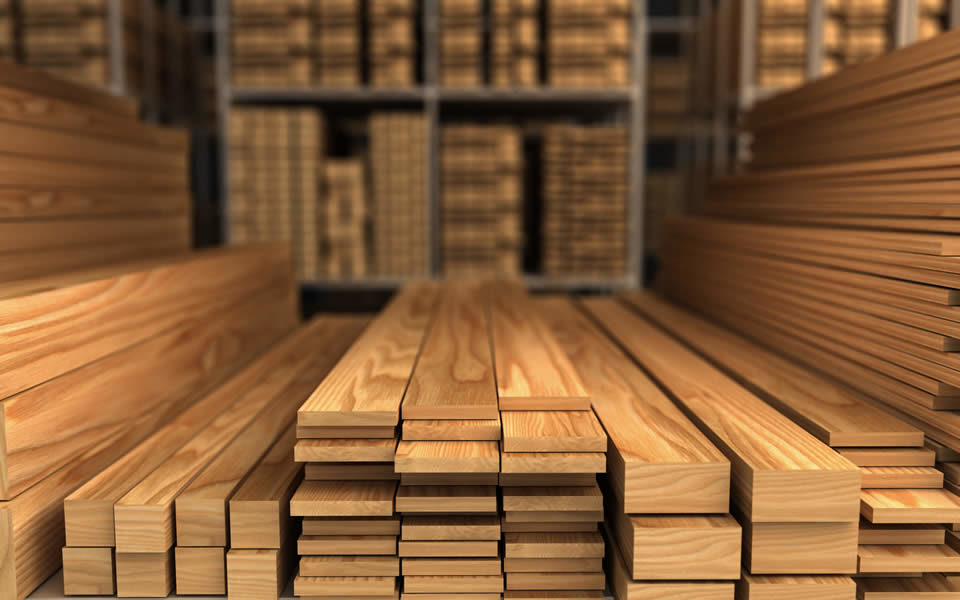Understanding the Lumber Shortage: What is it? Why Did it Happen? Where Does it Stand Now?
By Nate Lorentz, Manager, Assurance Services & Teddy DiPlacido, Supervisor, Assurance Services
Over the past year, lumber prices have skyrocketed. At the end of May 2021, lumber was over $1,600 per 1,000 board feet, an increase of ~300% from a year earlier. The increase is due to an unprecedented demand by homebuilders coupled with extreme supply limitations, which has caused an imbalance. These inflated prices may have you thinking, “How did this happen?” “How will this affect my business”? and “Is there any indication of prices returning to normal anytime soon?” among other questions.
How did this happen?
At the beginning of the pandemic, sawmills significantly slowed operations as the homebuilding and commercial construction industries expected a sharp decrease in activity due to the uncertainty of the global economy at the time. However, there was a sudden wave of people living in large metro areas moving to rural, less densely populated areas to obtain more personal space, as a large number of workers came to the realization that they can perform their jobs remotely. This caused a significant demand for new homes as the market for existing homes had (and still has) extremely limited supply. Homeowners who have chosen to sell their homes in the past year have experienced an unprecedented seller’s market, with homes going to contract within days, sometimes within hours, of being listed and contracts going well above asking prices without any contingencies, including the standard home inspection. At the same time, a home renovation trend among existing homeowners further increased the demand for lumber.
As of today, sawmills are attempting to ramp up production; however, timber operators are having a difficult time finding qualified truck drivers due to the widespread labor shortage as well as inflated diesel costs. This has resulted in timber operators finding it less profitable to ship raw materials to sawmills for lumber production. This is expected to continue to have an impact on sawmill production.
The effect of the lumber shortage on the construction industry
Despite the pandemic, demand for construction remained high. In order to keep up with demand during a lumber shortage, the strategy most builders have taken is to order materials in larger quantities than needed at the time and further in advance than normal. Yet this still does not guarantee the lumber will be received in time to begin scheduled projects. Between construction delays and higher materials costs, the price to build a home in the United States has increased on average by $36,000 — pricing many buyers out of the market. These price increases are also affecting the cost of home renovations. Buyers are now considering whether the inflated cost of renovations outweighs the value that a renovation would add to their homes, causing them to delay their investment or forgo it altogether.
Single family homebuilding is not the only construction sector affected by the lumber shortage. In recent years, timber has been considered in place of the traditional concrete or steel in commercial high rise construction. Timber is more environmentally sustainable and renewable, while concrete and steel are finite. Timber construction is also approximately 25% quicker to build with than steel or concrete, reducing labor costs. Transportation costs are also lower since timber is lighter weight.
These factors have made mass timber commercial construction a fast-growing new construction technique. Just last year, two of the largest mass-constructed timber buildings in the United States were announced and are currently in process of being built in Cleveland, OH, and Milwaukee, WI. However, the timber beams used for these types of projects cost more per unit than steel or concrete. The price spike of these beams due to the lumber shortage could threaten to outweigh the labor and transportation savings gained from using timber construction, pricing it out of the market. However, it is not all bad news. Lumber prices are looking like they should start decreasing over the next 6 months to a year.
The immediate future for lumber prices
As the world has started to reach a turning point in regard to the pandemic, lumber yards have started to increase production, capacity and supply. As a result, lumber prices are beginning to come down, and it is expected that this decrease will continue into the colder months when demand for lumber lightens up. Lumber may never return to pre-pandemic price levels, but they are currently trending in a positive direction.
Sources
- https://cnr.ncsu.edu/news/2021/05/lumber-shortage/
- https://www.wzzm13.com/article/news/lumber-shortage-rising-prices-cause-issues-in-the-construction-industry
- https://www.capitalpress.com/ag_sectors/timber/why-is-there-a-lumber-shortage-in-the-u-s
- https://www.constructiondive.com/news/lumber-demand-shortage-price-saw-mill-board-housing-pandemic-labor
- https://www.cnbc.com/2021/06/08/lumber-executive-sees-further-relief-in-sky-high-prices
- https://www.wsj.com/articles/lumber-prices-are-falling-fast-turning-hoarders-into-sellers
- https://www.propmodo.com/lumber-prices-threaten-viability-of-sustainable-timber-towers/




















